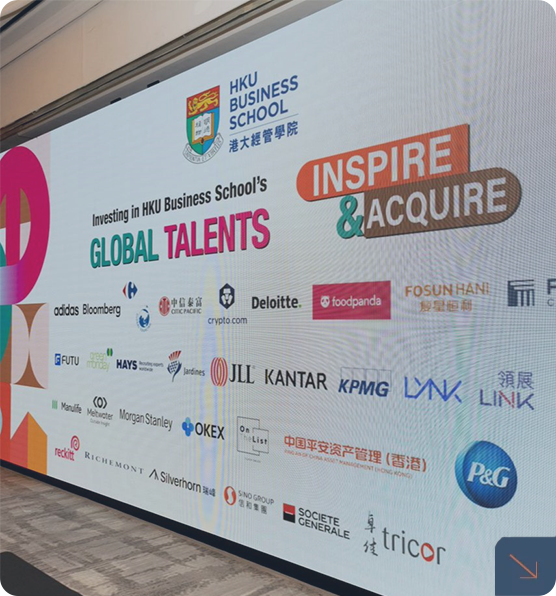Moral Hazard and the Sustainability of Income-Driven Repayment Plans
SPEAKER
Prof. Basit Zafar
Professor of Economics
University of Michigan
ABSTRACT
Income-Driven Repayment (IDR) plans tie student loan repayment to income and forgive unpaid debt after certain years of repayment. We investigate how these features affect one’s career choices through a survey where the same student is asked to select job profiles under various repayment plans. Consistent with our Ben-Porath style model, the survey results reveal that IDR is a double-edged sword. On the one hand, 36% of students underinvest in their human capital under the standard repayment plan relative to their would-be choices in a debt-free scenario; an IDR resembling the Saving on a Valuable Education (SAVE) plan reduces this fraction to 20%. On the other hand, IDRs induce moral hazards: Under a SAVE-like plan, 22% of students choose job profiles with lower initial wages and higher wage growth than their choices in a debt-free scenario, leaving part of their debt forgiven. A simple calculation indicates that this type of moral hazard alone would render SAVE-like plans inviable were they carried out by private lenders; however, government-run IDRs are sustainable due to the government’s capacity to collect individuals’ lifetime income taxes.





